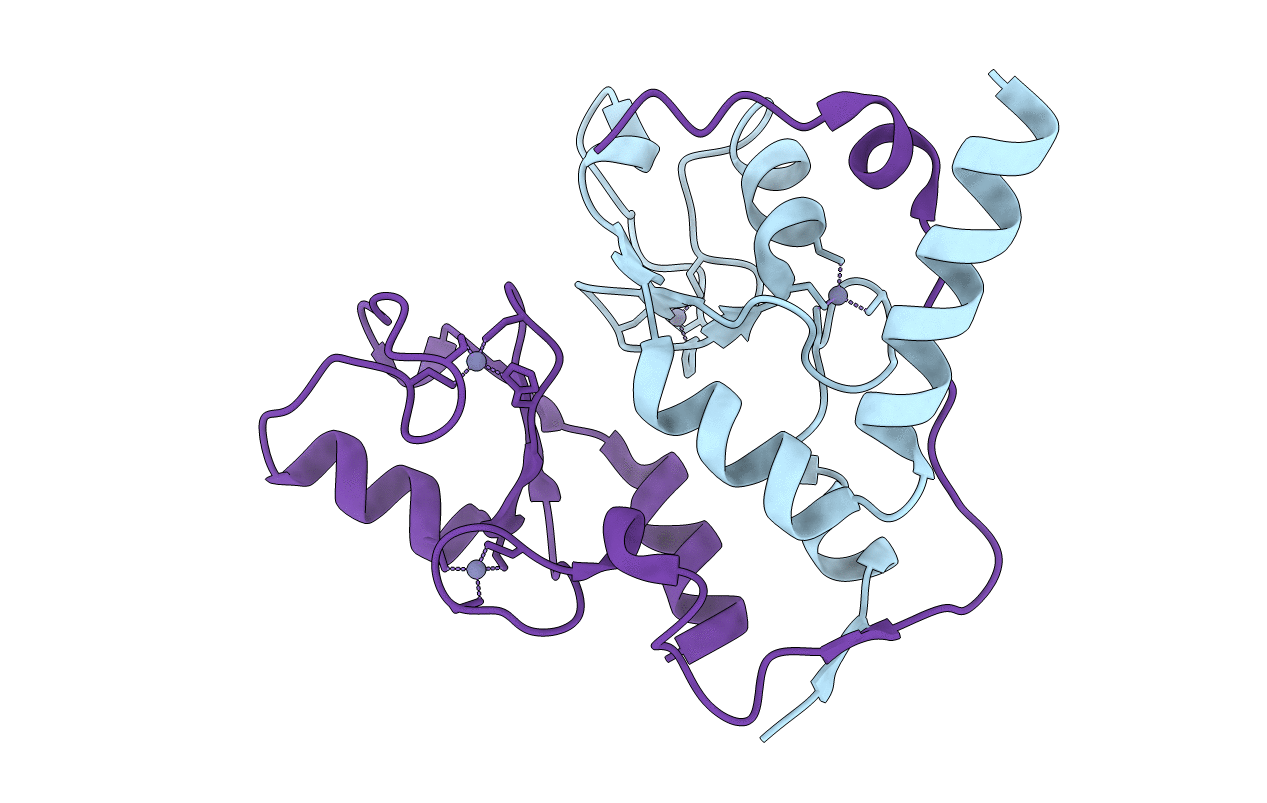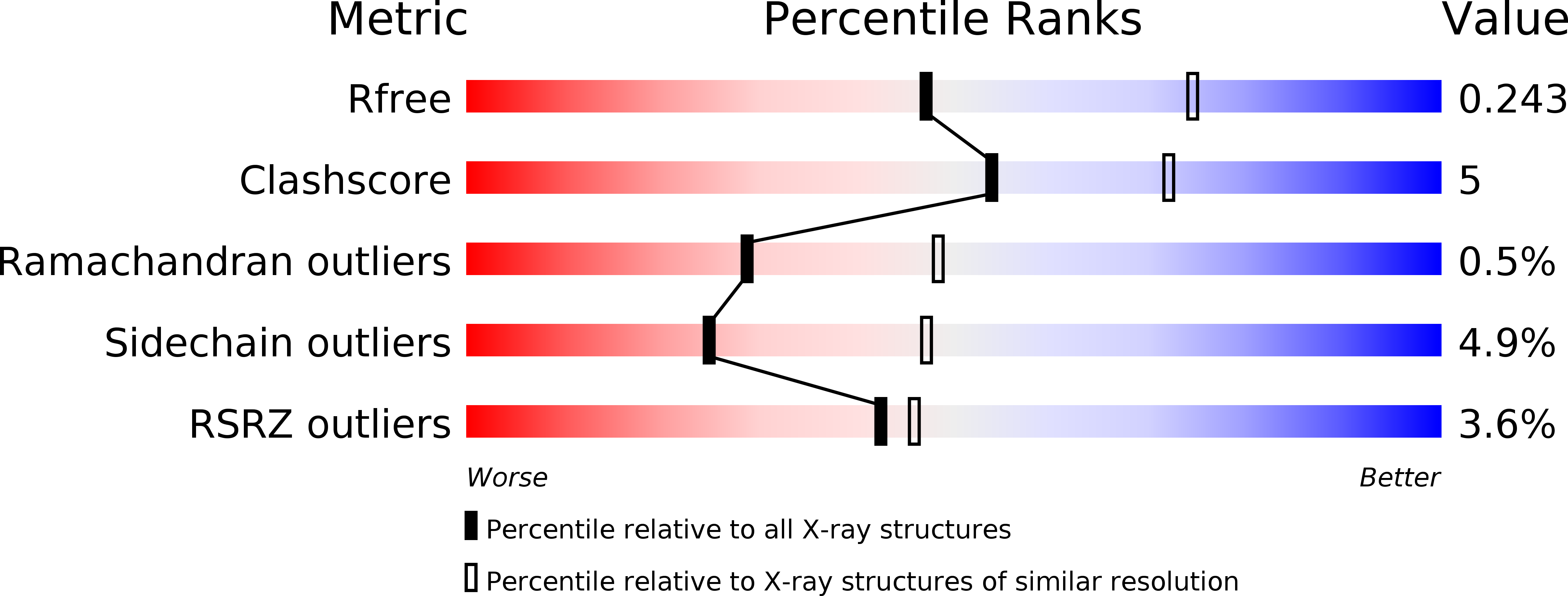
Deposition Date
2006-05-14
Release Date
2006-05-23
Last Version Date
2024-02-14
Entry Detail
PDB ID:
2H0D
Keywords:
Title:
Structure of a Bmi-1-Ring1B Polycomb group ubiquitin ligase complex
Biological Source:
Source Organism:
Homo sapiens (Taxon ID: 9606)
Host Organism:
Method Details:
Experimental Method:
Resolution:
2.50 Å
R-Value Free:
0.24
R-Value Work:
0.20
R-Value Observed:
0.21
Space Group:
P 63


